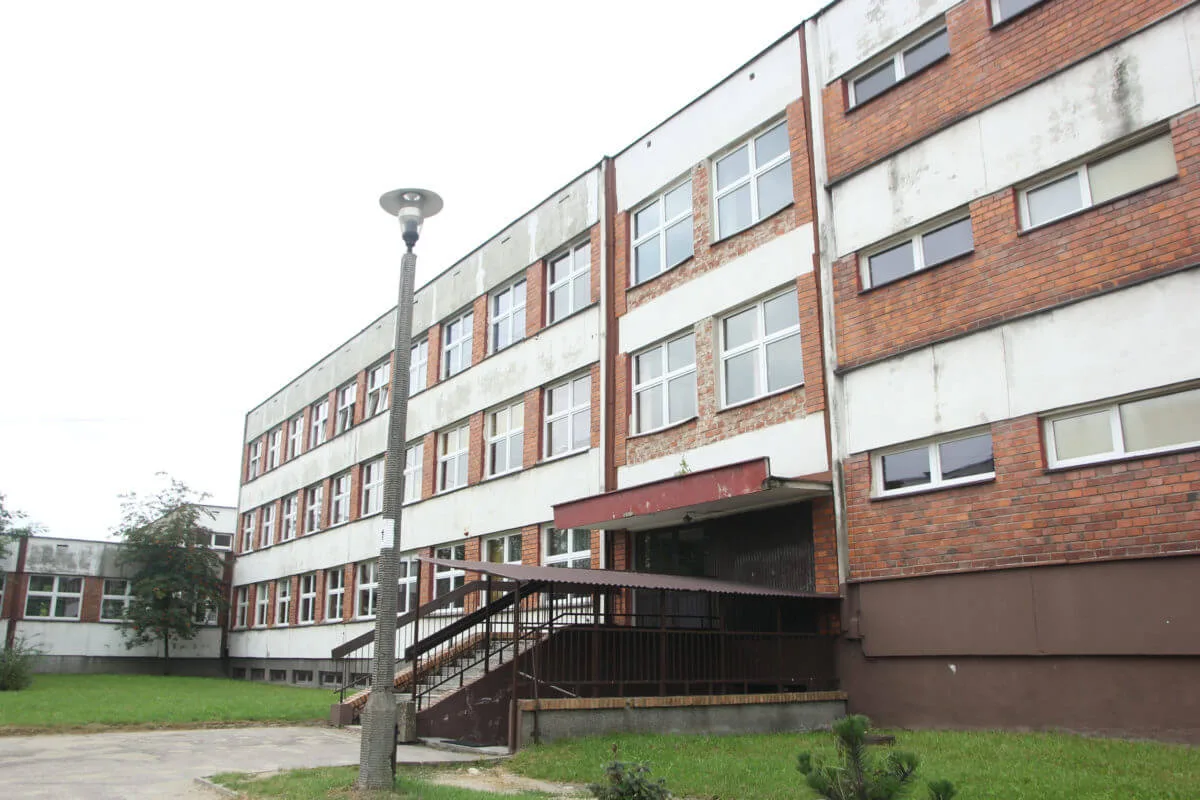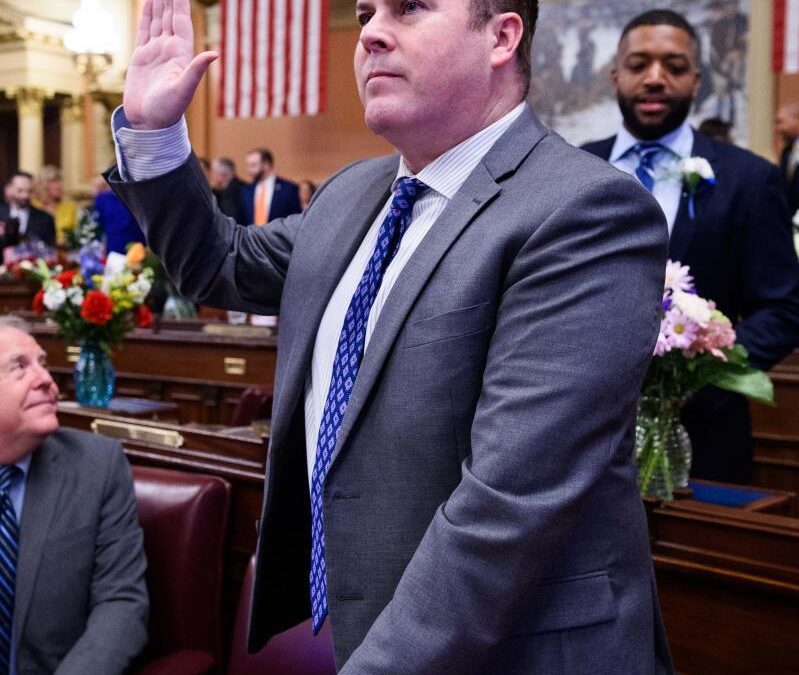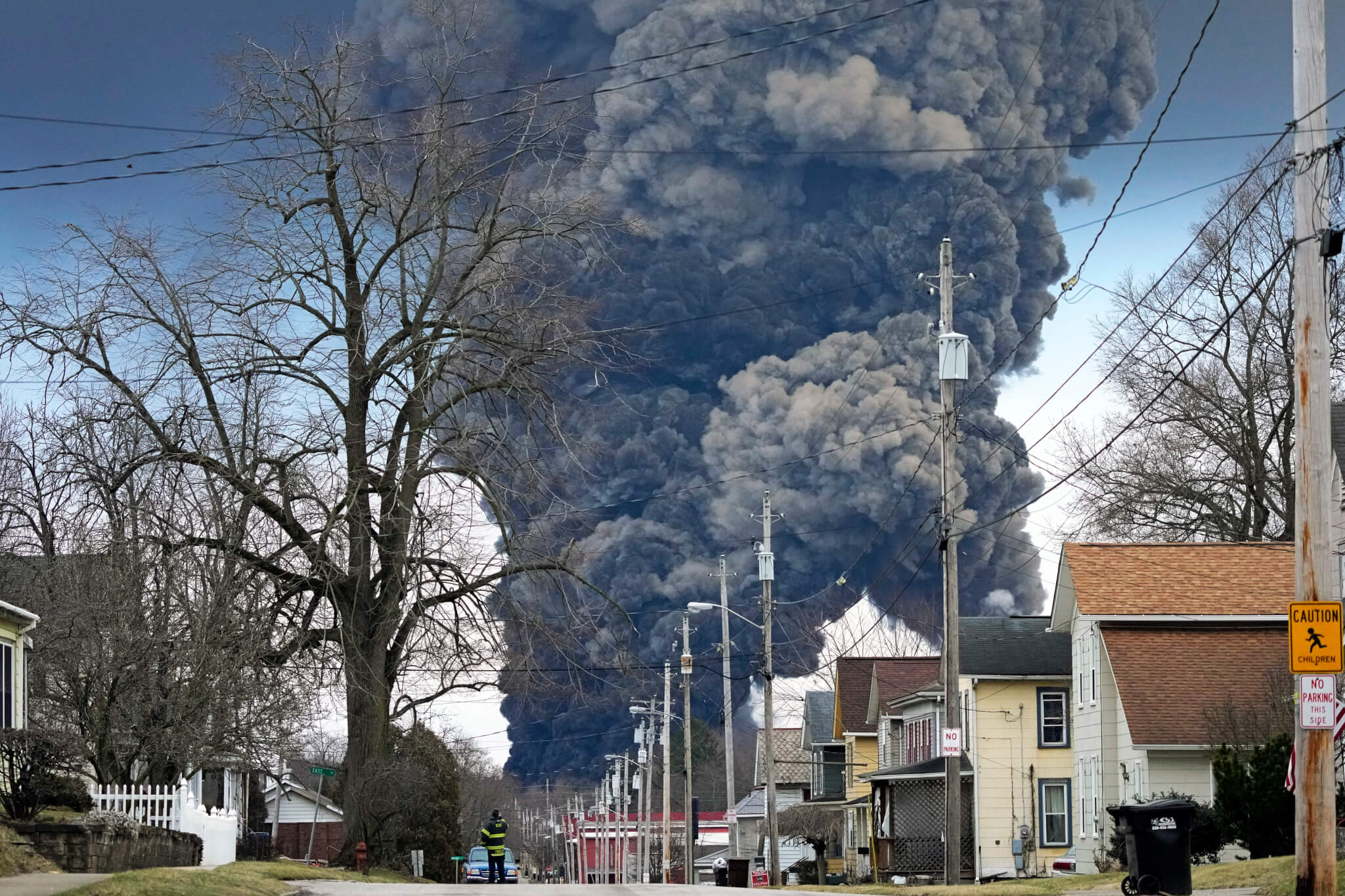
Image via Shutterstock
One school in Michigan uses a boiler that is from the 1920s to heat the building, a costly endeavor that—due to city code—“requires an engineer to be on site when each boiler is operating,” to ensure it doesn’t build up pressure and explode.
The majority of U.S. public school districts need to make significant building repairs to their schools, but lack the funding to make such repairs, according to a new study from the Government Accountability Office (GAO) released on Thursday.
Based on a survey of 378 school districts across the country, the report found that many districts do not receive adequate funding to address repairs of decrepit and aging buildings that can pose health and safety risks to students and teachers.
In all, the report found that 54% of public school districts need to update or replace multiple building systems or features in their schools. An alarming 41% of districts need to update or replace heating, ventilation, and air conditioning (HVAC) systems in at least half of their schools, representing about 36,000 schools nationwide that need HVAC update.
GAO members also visited 55 schools across 16 districts and found that in more than half of them, older systems had leaked and caused damage to floor or ceiling tiles. “If not addressed, such problems can lead to indoor air quality problems and mold, and in some cases caused schools to adjust schedules temporarily,” the report reads.
One school in Rhode Island said parts of its ventilation systems were “nearly 100 years old.” Another in Michigan uses a boiler that is from the 1920s to heat the building, an incredibly costly endeavor that—due to city code—“requires an engineer to be on site when each boiler is operating,” to ensure it doesn’t build up pressure and explode.
Officials in one Maryland district said they retrofitted some schools with air conditioning, but didn’t replace the pipes and insulations serving the HVAC systems, which caused moisture and condensation problems in the buildings. These officials expressed concern that the condensation could lead to mold—an issue in schools across the nation.
In 2018, the Philadelphia Inquirer published a wide-ranging series on Philadelphia Schools, identifying more than 9,000 environmental problems from September 2018 to May 2018. These issues included mold, deteriorated asbestos, and flaking and peeling paint that likely contains lead, which in high enough quantities, can be poisonous and even fatal.
RELATED: Philadelphia Schools Are Rife With Asbestos. Now the Teachers Union Is Suing.
Despite these glaring needs, districts reported that security has become their main priority. Several schools told federal officials involved in the study that they had recently invested in new security improvements, even as other systems were failing. One elementary school in Florida, for example, installed new cameras even though problems with its ventilation system required staff to go to the roof every day to adjust the air conditioning. Federal officials noticed buckets placed around the school to collect water leaking through the roof, and the principal told them it often “rained” in her office.
The issue, as with most things, comes down to money: Solving these problems can be exorbitantly expensive. The Maryland school officials cited in the report said that remediating the HVAC issues could cause more than $1 million per school building.
Schools spend tens of billions of dollars on their buildings every year, but funding methods vary by state and by district. The study found that 36 states provide some level of funding for school construction or renovation, while others leave it to districts to generate support through property taxes, bonds or other local sources.
For many schools, particularly ones in poorer areas, that makes it nearly impossible to address problems. Since local funding for schools and facilities repairs is largely derived from property taxes, wealthier areas are often more able to renovate buildings to address potential problems. High-poverty districts, meanwhile, more commonly relied on limited state funding to address facility needs, the report found.
The disparities are jarring. In wealthier districts, local funding made up 72% of their overall funding for building costs. In poorer districts, it accounted for just 35% of overall facilities funding, while state funding accounted for 41%. One district in Michigan told federal officials it was struggling to repay $1.5 billion in debt for facility costs, leaving it unable to get bonds for further repairs. Michigan doesn’t provide money for school facilities, the district told officials, so it has been paying for projects using surpluses from staffing vacancies.
In wealthier districts, local funding made up 72% of their overall funding for building costs. In poorer districts, it accounted for just 35% of overall facilities funding, while state funding accounted for 41%.
On average, the report found that districts in poorer areas spend $300 less per student on capital costs than wealthier districts.
Congress called for the study in 2019 legislation, but it’s being released as Democrats revive a push for new federal money to improve schools. A bill proposed by Democrats last year calls for $100 billion to help repair aging schools.
Rep. Bobby Scott, D-Va., chairman of the House Education and Labor Committee, told the Associated Press that the report provides “clear, irrefutable evidence” that Congress needs to act quickly.
Responding to the report, the Education Department issued a statement saying that “school building infrastructure is and must continue to be handled at the state and local levels.”
There’s only one problem with that: State and local governments are hemorrhaging money as the pandemic ravages their tax revenues and strains their financial reserves. Many states and municipalities have already enacted spending cuts. In Ohio, Gov. Mike Dewine announced nearly $800 million in cuts last month, including $300 million from K-12 public school funding. In Florida, Broward County Public Schools—the state’s second-largest school district with more than 268,000 students—is preparing for anywhere between a 10-20% cut in state funding. In Wisconsin, education officials are preparing for budget cuts as recently released budget figures for the state show an $870 million decrease in tax collections in April compared to April 2019.
RELATED: Here’s What Will Happen If the Trump Administration Doesn’t Provide Aid to States
Local governments aren’t faring any better, as many American homeowners and landlords are struggling to pay their property taxes amid the ongoing economic collapse. In Philadelphia, Pennsylvania, the school system is projecting a $38 million budget shortfall.
Similar crises are playing all across the country and are likely to continue unless the federal government steps in and provides aid to states and cities. Bipartisan leaders of the National Governors Association have asked for $500 billion in aid to state governments, while mayors and counties have called for another $250 billion in emergency assistance to local governments.
House Democrats approved legislation last month that includes more than $900 billion in aid to state, local, and tribal governments and $100 billion in education funding, but President Trump and other Republican leaders have opposed the bill.
School repairs were already difficult to fund prior to the pandemic, but the devastating budget shortfalls being experienced at the state and local levels and the lack of federal intervention have taken the problem to another level. Without federal funding to repair schools, Democrats like Scott worry that the health of children and their teachers will be put in danger during a viral pandemic.
“Even before the COVID-19 pandemic, outdated and hazardous school buildings were undermining the quality of public education and putting students and educators at risk,” Scott said. “Now, the pandemic is exacerbating the consequences of our failure to make necessary investments in school infrastructure.”
The Associated Press contributed to this report.
Politics

Philadelphia DA cancels arrest warrant for state Rep. Kevin Boyle on eve of Pa. primary
Philadelphia District Attorney Larry Krasner said a detective had sought the warrant against Boyle, a Democrat whose district includes a section of...

Influencers and creators find new ways to engage young Philadelphia voters
Rec Philly, a space for creators and influencers, teamed up with Show Up Strong to get hundreds of young Philadelphia residents engaged in the...

New Biden rule protects privacy of women seeking abortions
Under the new rules, state officials and law enforcement cannot obtain medical records related to lawful reproductive health care with the goal of...
Local News

Conjoined twins from Berks County die at age 62
Conjoined twins Lori and George Schappell, who pursued separate careers, interests and relationships during lives that defied medical expectations,...

Railroad agrees to $600 million settlement for fiery Ohio derailment, residents fear it’s not enough
Norfolk Southern has agreed to pay $600 million in a class-action lawsuit settlement for a fiery train derailment in February 2023 in eastern Ohio,...






